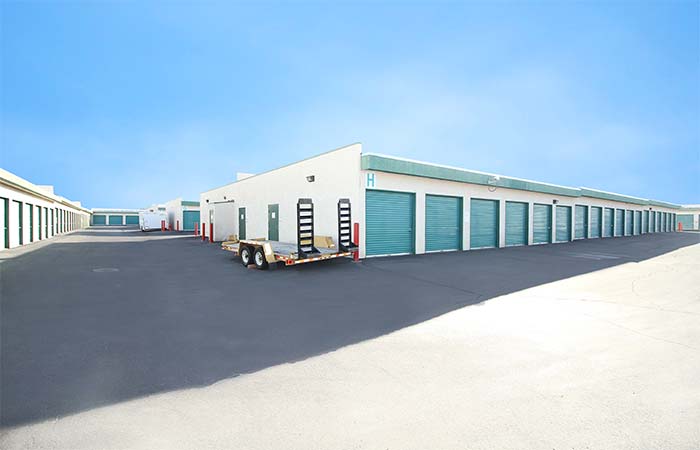Did you know that only 17% of homeowners own a home security system? The reason for such shockingly low penetration levels of home security systems is the prohibitively high cost of installation, running into hundreds of dollars. Add to that, the monthly fee for professionally monitored systems, and the whole thing turns into a financial nightmare.
Luckily, for those of us who like to save a bit of money while not having to compromise on security, there is a second option: DIY Home Security Camera Systems. As the name suggests, this is a self-monitoring system that you set up yourself. They are a wonderful choice for renters because they allow you to have the truly fuss-free installation where you don’t need to drill multiple holes in your walls and they can be easily removed or repositioned without damage.
These systems provide versatility and freedom of choice. Being modular in nature, and with components like smoke detectors, cameras, and motion sensors, you can easily customize your home security to include only the components that you really need. You will not be paying for anything that you don’t have the use for. Many popular storages units’ company like storage units Spring Valley also using these types of security system.
However, the trade-off here is that you will be foregoing the benefits of professional monitoring. The onus of monitoring will be all on you, so you will have to maintain constant vigilance. Fortunately, these systems work in tandem with your smartphone so everything is just a few clicks away. It lets you check up on your system remotely via a surveillance app and sends you notifications if something is wrong, obviating the need to obsessively check up on your home every few minutes.
Now that we have the basics covered, let’s take a look at some of the best DIY Home Security Camera Systems available on the market today:
Piper NV – This easy home security system, offers an all-in-one solution consisting of a night vision camera with a wide-angle field of vision, multiple sensors to detect light, temperature, sound, and finally, a 105-decibel alarm system.
You only need to place the Piper at the location of your choice, plug it in and let it have access to your Wi-Fi, and you’re done as far as the installation is concerned. After installing the Android or iOS app for Piper, you can configure it to perform certain actions whenever it detects anything.
The Piper NV also has support for Z-wave powered sensors, which allows you to choose from a multitude of smart sensors. This lets you easily and quickly expand your Piper and convert it to the full-fledged home automation system that you have always wanted.
iSmartAlarm – It is a budged-friendly system that covers all of the basics by providing you with the following: an internet-enabled hub, three camera options, a 110-decibel alarm, which is just a shade higher than the Piper, sensors to detect motion as well as door/window sensors and smart switches. It comes in a wide range of bundles that make it an easy home security system to shop, which is a boon for the uninitiated.
You can customize your system by adding extra sensors and cameras to the mix while not having to ponder on which individual modules need to be picked to best suit your needs. The companion app that is fairly intuitive to use, is available for Android and iPhone devices and allows the user to monitor their home in real time.
Samsung Smart Things – This DIY home monitoring kit allows you to have home security as well as bringing you closer to having your own smart-home. The Samsung Smart Things comes with a hub which connects to compatible motion sensors, cameras, multipurpose sensors to sense open doors and windows as well as smart outlets to let you control the lighting and other electronics.
You can even add devices that tell you when someone enters the house or water leak sensors that alert you in case there is a leak. While the kit comes with just the basic items to get you started, the true power of Smart Things is the staggering number of third-party sensors that are compatible with it.
The Smart Things app (also available for Windows, in addition to Android and iPhone), everything is truly at your fingertips. The price point is a little steep compared to some other systems on the market, but what you get is a versatile system that takes upward scalability to the next level and leaves you spoilt for choice on the monitoring options it offers.
